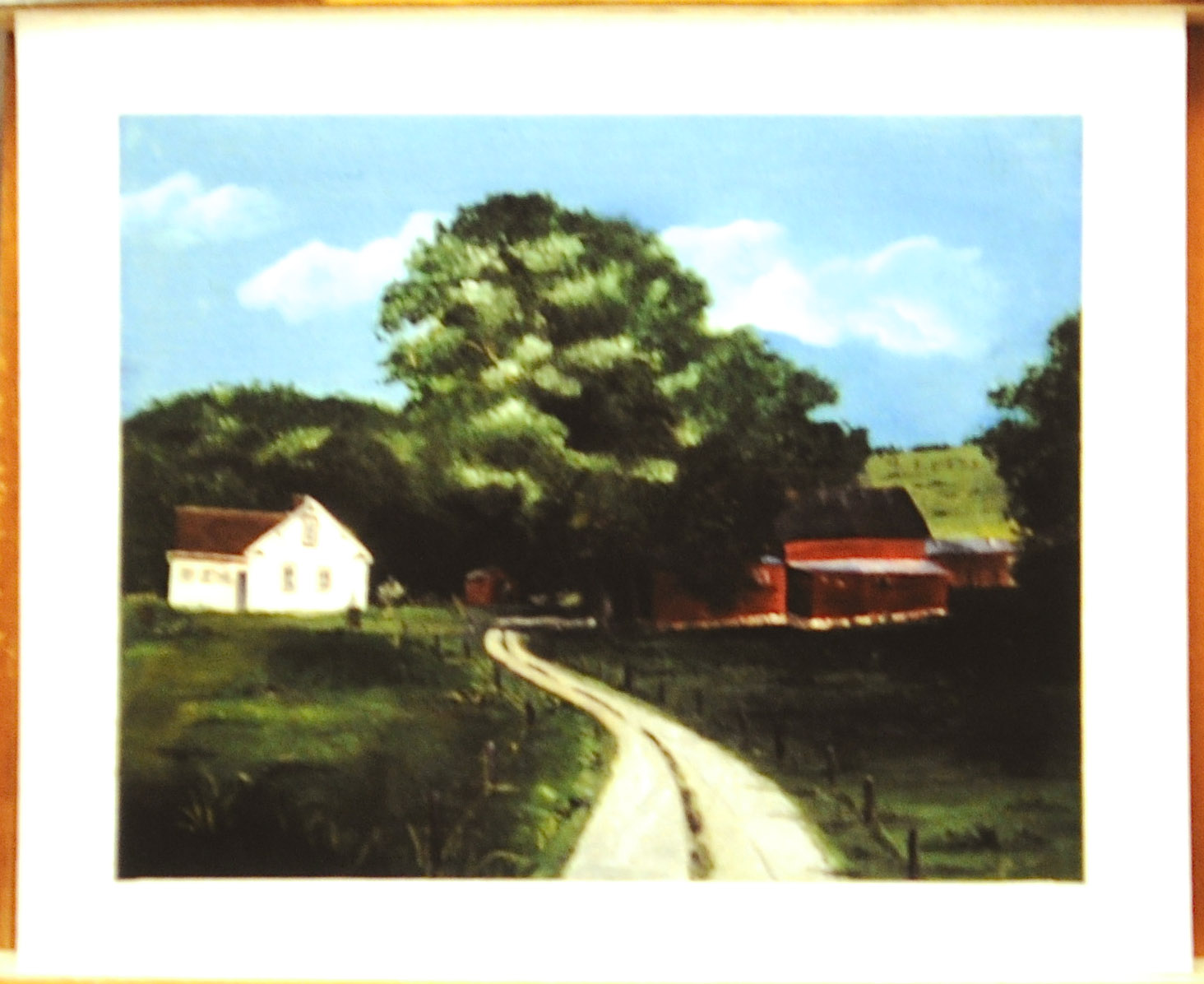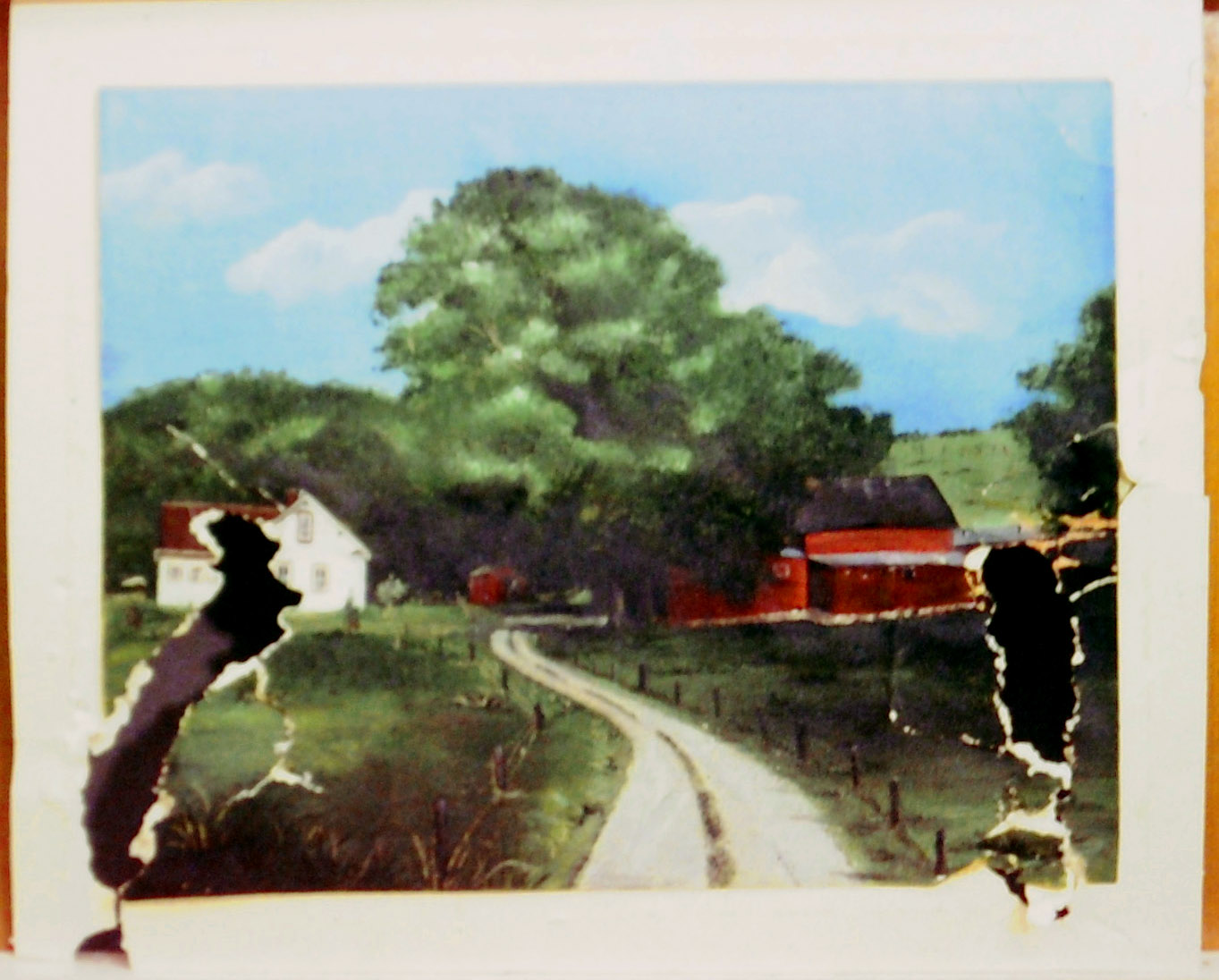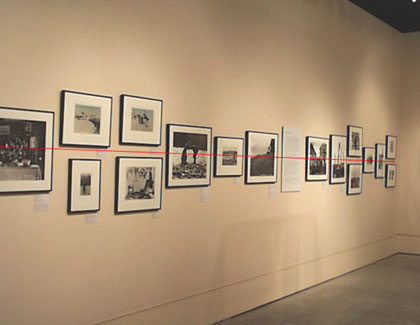Tim Huber
 | | Tim Huber at work |
Tim Huber, editor for Northern States Conservation Center, had a massive hemorrhagic stroke on June 29 at 5:30 p.m. He is our secret weapon, the one who makes our class text clear, readable and interesting. He works with each of our instructors, thoughtfully editing and revising. This is our first newsletter without his deft touch. Tim Huber is also a full-time Associated Press reporter. He is part of the national energy task force and has been covering the Upper Big Branch mine explosion. His story about how Massey Energy kept two sets of safety books broke in papers nationally while he was lying in an emergency room with his right side paralyzed and unable to speak.
Read a touching note written about Tim by his long time friend and colleague Marty Niland on the energyNOW! Blog.
Our love and best wishes go to Tim and his family while he fights his way back.
|
|
Regional Workshops
Where you can find some of our instructors this summer and fall.
Terri Schindel in the MTN Mobile Lab
- October 2011: Disaster Preparedness Planning and Response, Level II, Carbon County Museum, Rawlins, WY.
- October 2011: Collections Care/Core Curriculum, Laramie Peaks Museum, Wheatland, WY.
Gawain Weaver
Photograph Care and Identification Workshops
|
|
|
Welcome to the Collections Caretaker e-Newsletter from Northern States Conservation Center. The newsletter is designed to bring you timely and helpful content that is pertinent to situations we all encounter in our museum and archives work. Feel free to let us know what topics you would like to see featured in Collections Caretaker or even contribute an article.
|
|
|
5% off two or more courses
|
Living with Art Collections
by Victoria Montana-Ryan
A client brought a pastoral scene with large rips in it into my lab for treatment. What happened? Her dog chewed the painting!
 |  | | Before the dog tried to eat it | After the dog tried to eat it |
Living with art can be a joy and a challenge. Art collections encompass drawings and paintings, cultural artifacts and decorative arts. These varied collections include different materials - paper, textiles, feathers, wood, leather, ivory, pottery, metals, wax and plastics. One collection often contains multiple materials, sometimes within a single object. With so many different materials we need to be aware of the specific needs of a particular collection. While the focus here is on paintings, the basic recommendations apply to all art materials. Spending time and money to collect suggests that we value those things we collect. The value may come from "the thrill of the hunt" or the aesthetic pleasure of viewing or possessing the objects. Many people think that once they have purchased a work of art that is it. In fact, their active participation is just beginning. Although some collectors go to great expense, anyone can care for their art collection without spending a fortune. Environment has a direct impact on the artwork. The proper environment can slow deterioration, thus extending the collection's life. Obviously, different materials may have different environments that better suit them. Some environments speed up deterioration. With so many materials, how do you know what environment is best for your collection? Conservators often talk about "agents of deterioration" - things that can damage collections. Among these are improper lighting, improper temperature and relative humidity (RH), pollutants and pests. The Canadian Conservation Institute provides a complete list and explanation of the ten agents of deterioration. Generally speaking, temperatures comfortable for people are good for art collections: 68˚F - 72˚F. Once, the recommended relative humidity was 50%, low enough to deter corrosion and high enough to deter embrittlement of organic materials. Now, more research gives us a better idea about relative humidity. Generally speaking, rapid relative humidity fluctuations cause more damage than specific relative humidity levels. This means that hanging a painting over a heat register, in front of an air conditioner vent or on an exterior wall is more likely to damage it, since these are areas that have rapid environmental changes. It is best to keep the environment stable, avoiding sharp changes, while trying to reach an ideal. Maintaining a broader relative humidity range that is safe for the collections lowers energy costs. A range of 45%-55% RH may be more practical than a rigid set point. Be aware, though, that extremely dry climates, such as the arid areas of Montana or Arizona, may require a lower RH level. If you try to maintain 45% in these areas, you might cause damage to your home, especially during the winter. Do not drop below 30% RH, and make sure there are no rapid relative humidity changes. We extend the life of our collections by reducing the amount of time they are exposed to those agents that hasten their deterioration. While cultural institutions strive for proper environmental conditions, at home we may be faced with a less than ideal environment. Still, we can take steps to improve the care of our collections. Control light exposure through filtering materials and correct placement of artworks to minimize light damage. A painting's colors last longer when displayed on the interior wall of a dark hallway than on a wall facing a window. How we handle and behave around our collections is just as important as the right environment. No one wants to be like the wealthy collector who, when showing off his spectacular new painting acquisition, turned from his guests toward the art and put his elbow through the painting! In my line of work I see many different types of damage to paintings. Some are due to improper environments. Most are due to improper handling. The thing that causes the most damage to art collections is us. Just as we can take steps to improve environments, we can also limit risks to paintings from ourselves by using common sense. Some key points will guide your efforts to care for your art collections: - Avoid unnecessary handling.
- Before handling, check the condition of the artwork. Make sure there is no flaking paint.
- Do not handle a painting larger than you can see around. Get a second person to help with a large painting.
- Be careful not to touch the face or the back of the painting. Never grab a painting by the top of the frame because the weight of the entire structure may cause the joints to pull apart.
- To move a painting, begin with the painted image facing you and support the painting or frame with one hand under the bottom edge and the other along the side.
- To clean a painting, after first making sure there is no flaking or lifting paint, use a very soft brush (like a Hake brush, available at art supply stores) and gently clean in downward strokes from top to bottom moving across the paint surface.
- Do not use feather dusters (spines on feathers can scratch), vacuum nozzles, or cleaning cloths on the painting. Also avoid the use of home remedies (e.g., raw potatoes, onions, bread, soap and water or other solutions) to clean paintings.
- Do not hang or attach a light directly to the painting or its frame.
- Avoid hanging paintings over fireplaces, even unused one. Also, do not place paintings over or under heating/cooling sources (e.g., vents, registers, radiators).
- Try to hang paintings on interior walls and in locations that do not receive direct sunlight.
- Try to place paintings in areas where there will be minimal touching or physical contact from people or from dogs chewing!
Collecting and living with art brings with it a responsibility to care for the objects. Using common sense and care to provide a good environment and to ensure safe handling of your artworks will extend your enjoyment for many years. Victoria Montana-Ryan, is a former Assistant Professor for the Conservation of Paintings at Queen's University Kingston, Ontario and former adjunct faculty member at the University of Denver where she was conservator of paintings at the Rocky Mountain Conservation Center for over a decade. Victoria is the Instructor for MS227 Care of Paintings. Ms. Ryan has authored papers on the care of paintings, integrated pest management, and the importance of working with appraisers; she has also appeared on the Discovery Channel to discuss care of personal treasures. She resides in Colorado Springs, CO where she operates her private conservation practice, Art Care Services, to serve the conservation needs of museums, historical societies, public and private collectors, institutions, corporations, and municipalities, focusing on the care and preservation of works of art. For more information visit her web site Art Care Services |
Hanging a Showby Tom Bennett
Hanging a show is a wonderful way to learn and exercise the value of your own judgment. Many people have had the chance to do this already in their own homes, but like an artist showing their works, it feels a bit like baring your soul for all to see when doing it for the public. Cardinal Rule: Everyone has their own taste and opinion as to what looks best. If you are the one lucky enough to make the decisions, go for it and be proud of it. You can invite input from others, which is always good PR and politics. The show is yours and is your comment on the works themselves.
Questions you want to ask yourself are: How does the show flow visually and aesthetically? Does it invite viewers to venture in and see more? Does it make chronological or historical sense, if it is of that nature?
If you ever have a chance to watch an accomplished curator, like David Nicholls, Exhibits Curator for the Anchorage Museum of History and Art, you can see all this going on through his thinking process. Lay the works out on the floor below the wall to be hung, to get a sense of how they work together, make adjustments as necessary and hang them.
First, all the works for the walls are laid out around the room in a rough sense of order, then pieces are chosen to be moved according to size, content and visual appearance. Consideration is given to any three dimensional works and the room in general. Then, before actually hanging, the whole show is looked over for the "gut feeling" that things are right. The photo shows Anne Rowland's (former collections manager, Museum of the Aleutians, MOTA) feel for how this show would best be presented. This is a fairly formal hanging.
Hanging art on a wall is fairly straight forward here are some simple ways of making sure things are hung to taste:
The average hanging height is for the center to be at 58 inches. That would be for a single piece, or the center space between works hung above and below each other. The photo of MOTA's gallery shows a red line placed approximately where you would string a line prior to hanging. This works for one work or many, as long as the line is stretched tightly to begin with and held in place with tacks or tape at intervals to keep the line at height.
 | | Center line hanging |
When measuring for placement of the hangers on the wall, one finds the center of the work, then the distance from the center to the hanging wire as it will be when hung. If using two hangers, always recommended, measure to the wire where it will be between the two hangers. If you place the hangers at the height of the wall line, plus the measurement from center to wire, your picture should be centered.
For double hung works, which is quite common, one would place hangers by measuring either the distance from the top of the work to the taught picture wire and adding the gap you want between pictures or for the upper work measuring from the bottom to the wire and adding your gap distance.
It sounds a little awkward until you have done it, then it all makes simple sense. All the measuring holds for frames without wire as well, as in hanging a frame directly from hooks onto the eyes or D-rings.
There are no hard and fast rules concerning double or triple hanging works of art, only that they make visual sense in the scheme of the display. I personally advise against filling the walls with everything you have in favor of the "less is more" philosophy. It is interesting that some people detest a wall that is not filled to the gunnels, but for bringing interest to the works and allowing the visitor to appreciate them, giving a visual resting space between the pieces makes viewing more pleasurable and compels them to slow down.
Tom Bennett, Museum Manager at the Heritage Museum at Wells Fargo in Anchorage, Alaska, has worked as a professional museum mount maker for 25 years. He attended the University of Victoria British Columbia, Heritage Preservation Program's basic mountmaking course and learned the rest of his skills on the job. His mounts appear in the Anchorage Museum of History and Art, the Alaska State Museum, the Museum of the Aleutians, the Washington Historical Society, the Monterey Historical Society, the Los Angeles County Museum of Natural History, the Port of Seattle (Seattle-Tacoma Airport), and National Park Service and US Forest Service visitor centers. He has worked for five different museum exhibit design and fabrication firms as well as being the former director of the Alaska Museum of Natural History. Tom Bennett works in a variety of materials, including Plexiglas, brass, wood, and polyethylene foam. He teaches MS238: Design and Construction of Exhibit Mounts .
|
|
Northern States Conservation Center (NSCC) provides training, collection care, preservation and conservation treatment services. NSCC offers online museum studies classes
at www.museumclasses.org in Collections Management & Care, Museum Administration & Management, Exhibit Practices and Museum Facilities Management.
Sincerely, Helen Alten, Director
Brad Bredehoft, Sales and Technology Manager
|
|
|
|
|



